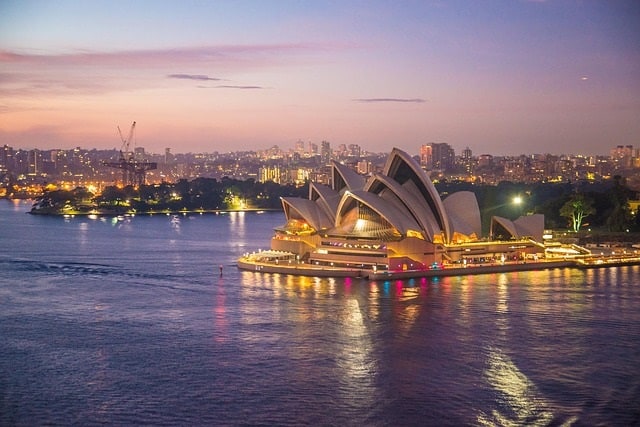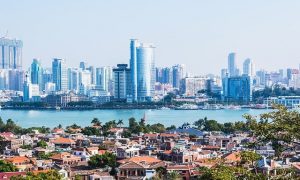Australia leads APAC region in terms of prospects for accelerating infrastructure investment
Infrastructure investment in Asia Pacific (APAC) had been substantial prior to the outbreak of the COVID-19 pandemic, with real infrastructure construction output recording a compound annual growth rate (CAGR) of 5.7% between 2014 – 2019. Growth in the region was driven primarily by emerging economies, which recorded growth of 7.6% over the period, compared to a growth of 0.3% in advanced economies. However, following the onset of the pandemic, growth in many nations across the region collapsed. With economic prospects across much of APAC remaining uncertain in 2021, infrastructure investment will continue to play an important role in minimising the economic scarring inflicted by the pandemic, says GlobalData, a leading data and analytics company.
GlobalData’s report, ‘Prospects for Public Infrastructure Projects, Asia-Pacific’, assessed 19 economies in APAC, and found that Australia leads the region in the potential to accelerate investment on public infrastructure works. Nations were evaluated, considering fiscal, economic, and political factors, and ranked according to a ‘Very Good’ to ‘Very Weak’ scale. The report highlighted the strength of many economies in the region to accelerate their respective project pipelines, with the prospects of 10 nations assessed as ‘Good’ or ‘better’. Unsurprisingly, the nation with the poorest prospects in the region is Myanmar, which has been wracked by political unrest since the February coup.
Willis Rooney, Economist at GlobalData, comments: “Warranting Australia’s prime rating is its sizeable public infrastructure pipeline, equivalent to 22.2% of GDP, of which 57% is currently in the latter stages of development; Australia’s investment grade credit ratings and strong economic growth further enhance its ability to accelerate expenditure on public works. Recent political commitments to increase expenditure on infrastructure, such as the AUD15.2bn increase outlined in the 2021 budget, further cement Australia’s ‘Very Good’ rating.”
Myanmar was assessed as the nation with the weakest prospects to accelerate public infrastructure works, with the South-East Asian economy being the only nation in APAC to be ranked as ‘Very Weak’. Influencing this assessment is the continuing civil unrest, a distinct lack of late-stage projects in the pipeline and the expectation of a sharp economic contraction this year. Progress on closing Myanmar’s significant infrastructure gaps had been reasonable prior to the coup, though with external financing now retracted and public finances expected to worsen, this progress is likely to stall.
Rooney continues: “Unsurprisingly, fiscal positions across much of APAC have worsened considerably, with emerging nations being severely affected. Government debt and fiscal deficits have increased substantially, impacting the ability of many governments to finance further expenditure. As the pandemic persists, public finances will continue to tighten and the ability of governments to utilise public infrastructure investment to drive growth will continue to deteriorate.”




























